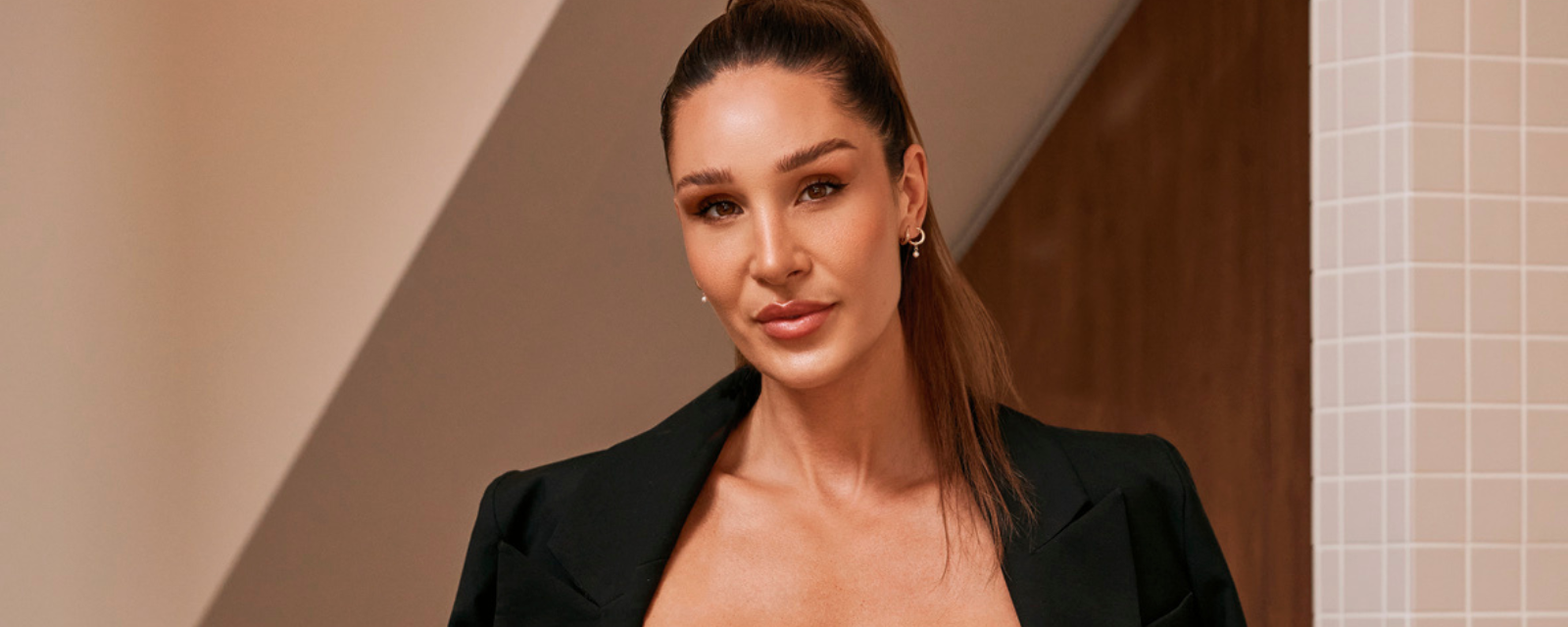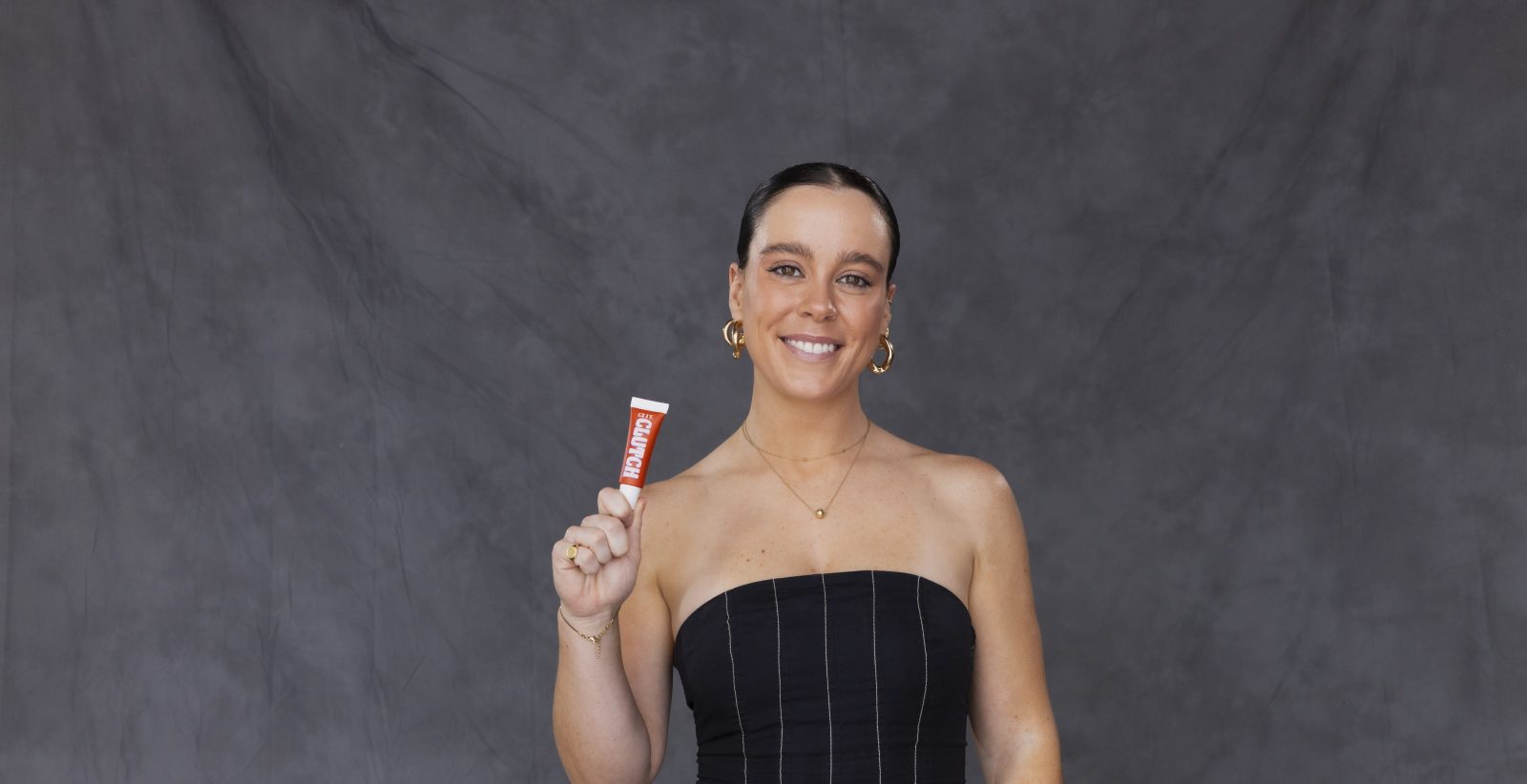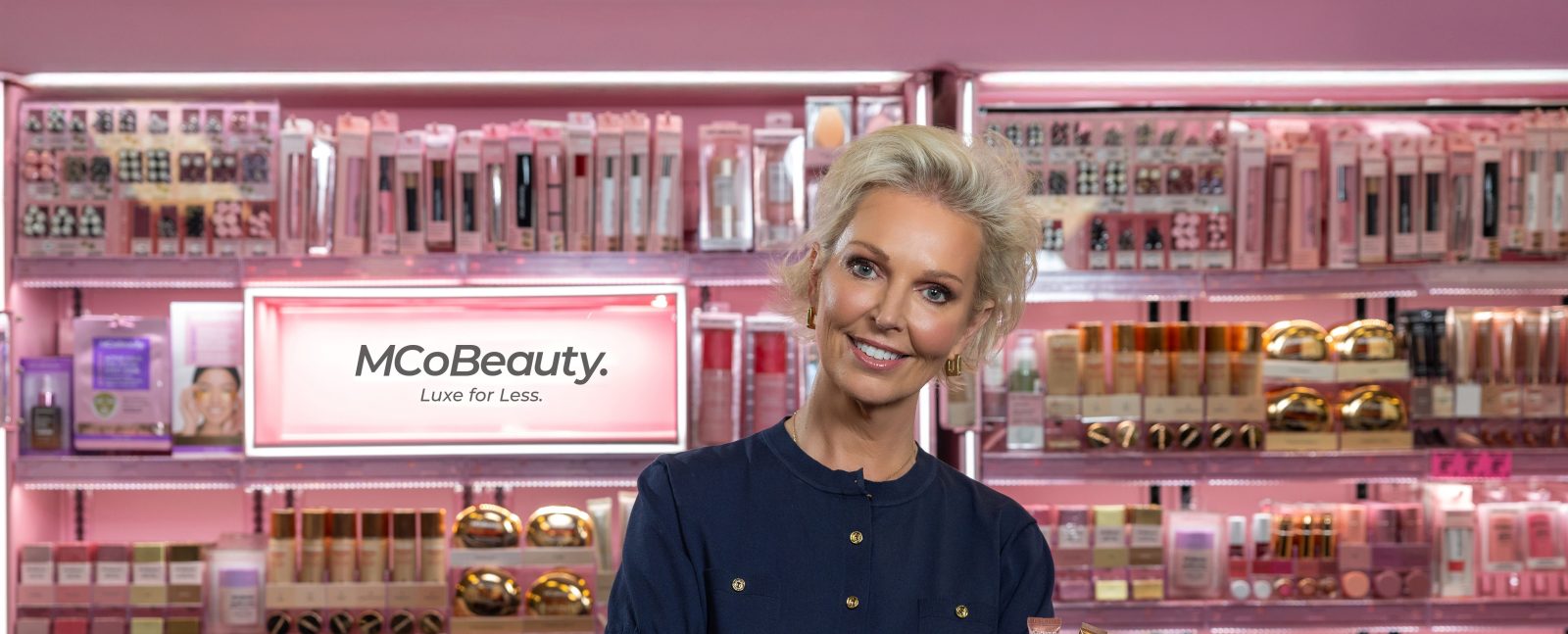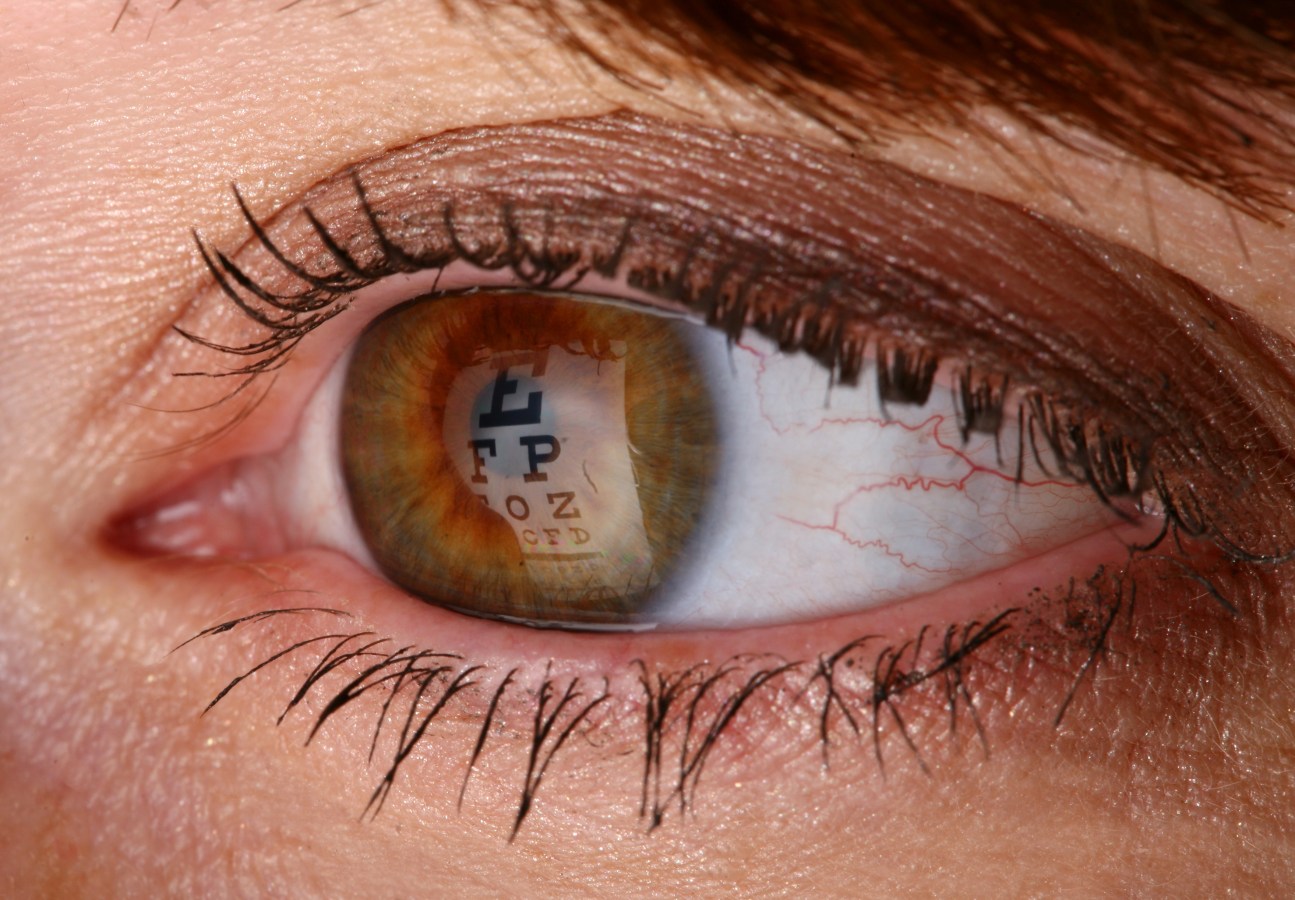Sweat app co-founders Kayla Itsines and Tobi Pearce made headlines in late 2023 when the pair bought back their fitness empire from US exercise equipment giant iFIT. Now, with Pearce as a passive investor, Itsines and Sweat CEO Adam Koch reveal what’s in store for the multimillion-dollar fitness empire.
This story featured in Issue 9 of Forbes Australia. Tap here to secure your copy.
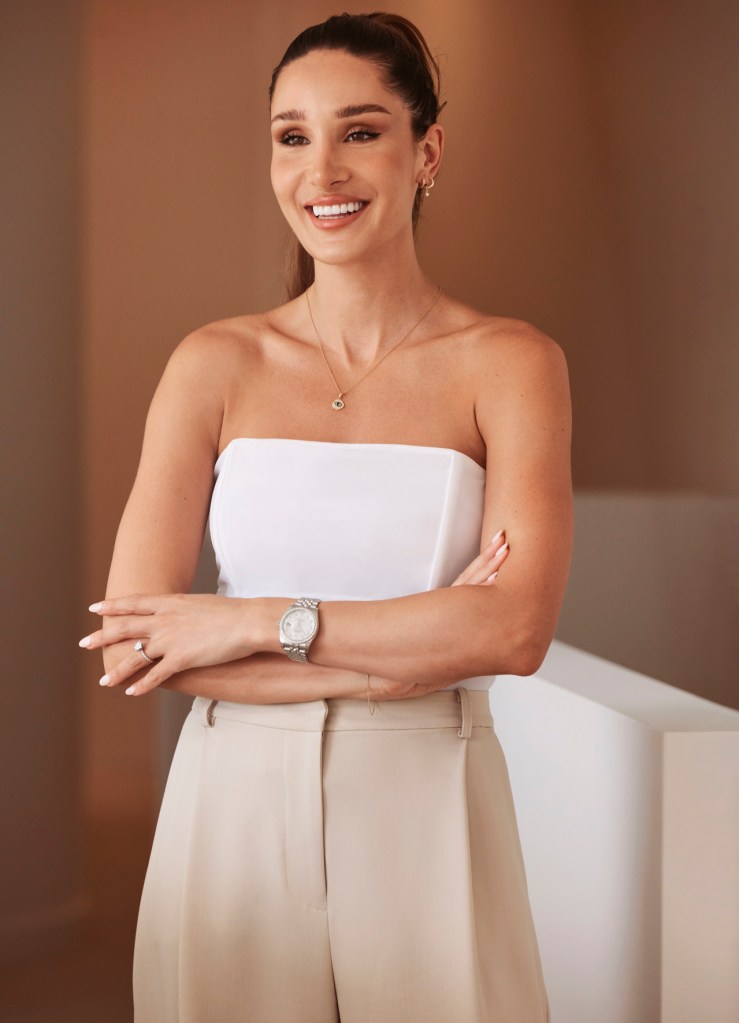
Before-and-after shots, bikini bodies and a cult following in the online fitness community – such were the humble beginnings of 32-year-old Greek-Australian fitness mogul, Kayla Itsines, who now runs the multimillion-dollar fitness empire, Sweat.
Itsines, born and raised in Adelaide, is speaking fresh off a flight from the Gold Coast. She and her husband Jae Woodroffe, whom she married in December last year, are giving the Sunshine State a go for 12 months.
“I think it’s going to be a bit of a reality check,” Itsines admits. In Adelaide, she lives “30 seconds away” from her grandparents, parents, and mother-in-law, who help with her 4-year-old daughter Arna and her one-year-old son Jax, while Itsines runs the Sweat show.
But the entrepreneur claims she is, for all intents and purposes, an incidental one.
She studied beauty therapy at TAFE before pivoting into teaching at university in the hopes of becoming a PE teacher. After dropping out (she puts this in air quotes as she says it was intended to be a gap year), Itsines became a personal trainer. Things changed – fast. She amassed a huge social media following and, together with then-partner Tobi Pearce, launched the viral Bikini Body Training Guides in 2014, which became fitness app Sweat in 2015.
Sweat, which had a meteoric rise to success, was sold sensationally in 2021 to US-based fitness equipment giant iFIT for a deal reportedly worth US$150 million. Itsines and Pearce were valued at about $170 million each in 2023, and they made headlines that same year for taking the business back.
Why did they do it? “Selling it was the right decision at the time,” Itsines says, “Buying it back was a no-brainer.”
Much of the Sweat story has been told. But, in brief, it goes like this: Itsines started training family, friends, and friends of friends from her parents’ backyard in Adelaide back in 2009. At $1 a minute – for a minimum of 30 minutes – Itsines was a hit. Once she started posting her clients’ success on Instagram in the form of before-and-after shots in 2013, she began to receive inquiries from all over Australia.
“I was so innocent,” she says with a laugh. “I was telling people, ‘Come to Adelaide’, giving them my phone number and house address – it felt normal then.”
Pearce, her then-boyfriend and soon-to-be business partner, had a different approach. He knew Itsines couldn’t keep up with demand, so in 2014, he suggested she launch a downloadable fitness program: the 12-week Bikini Body Training Guide (BBG), available for $69.99.
“I’m still in my direct messages – there’s 16 million people in there, and I’m in there every single day,” she says. “What are they talking about? What do they need? The team needs that information.”
Kayla Itsines, co-founder, Sweat
“People think I just wrote,” she mimes, scribbling on a notepad, “10 push-ups today”. “No – I was researching how athletes trained to get strong legs, strong arms, everything women pointed to when they came to me for a consult at the gym. That’s how BBG was developed. And anyone who has done the program will tell you that’s the fittest they’ve ever been.”
There were no codes or locks, and the PDF file was sent around more than purchased. But here’s the beauty of the internet: “Everyone just started sending in their transformation pictures,” Itsines says. “It was free advertising – you would pay to reach that many people now, but they were all doing it organically. There was huge demand.”
In 2015, Itsines took the BBG on tour with her live boot camps and broke a record for training 30,000 women in person. That same year, the pair launched the Sweat with Kayla App, with Pearce as CEO and Itsines as head trainer and the face of the brand. It hit the top spot within its first year of release. (Today, the app costs $19.99 monthly or $119.94 annually.)
By 2017, the app rebranded, cutting ‘with Kayla’ to a simple Sweat, picking up new trainers and programs. And her community continued to grow. According to Forbes, Itsines earned a spot as one of the world’s top fitness influencers and was one of the 30 most influential people on the internet according to TIME Magazine. (Today, she boasts 16 million followers on Instagram, 20 million on Facebook and about 84,000 on Tiktok. Sweat alone boasts 1 million followers).
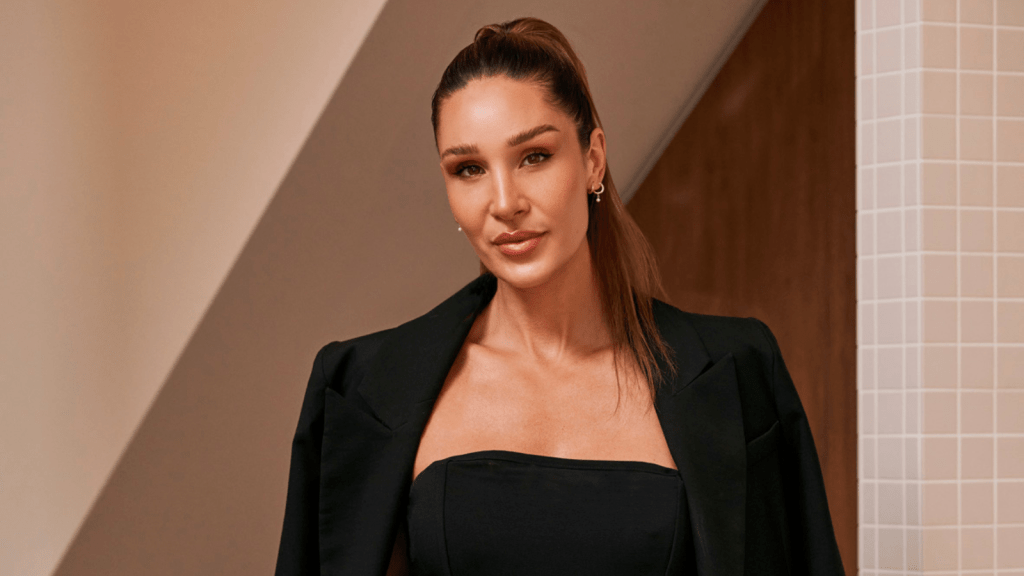
In 2019, the couple had a daughter, Arna, and a year later, they split. But business is business, and they continued to work together. On their working relationship, Itsines wishes to make a point: “People make this mistake that our positions were like this,” she says, holding her hands so one is higher than the other, insinuating that Pearce was above her – the brains, the engine, the driver.
“They’re wrong. Our roles are equal,” and the hands come parallel. “I was the face, but I wasn’t the face without a brain.” Itsines has and still does steer the brand’s product, community and content. “I’m still in my direct messages – there’s 16 million people in there, and I’m in there every single day,” she says. “What are they talking about? What do they need? The team needs that information.”
In 2020, COVID-19 lockdowns proved a major boon for the app, which was already set up with multiple zero-equipment workouts.
“At the time, people were very hyper-focused on themselves,” she says. “So, that really helped Sweat.” The company claimed revenue had hit $100 million, and there were about 450,000 subscribers to the platform. And so, it made its biggest move yet: Sweat was acquired by iFIT for a deal reportedly worth about US$150 million (US$40 million of which was cash).
The plan was grand. Itsines took to Instagram at the time to share that Sweat would remain a standalone brand alongside the likes of NordicTrack and Proform, and she’d stay on as head trainer. However, Sweat would be bolstered by a stronger member experience with diversified content, and it would expand into other countries.
Of the acquisition, Pearce, who stepped back from his role as CEO in February 2022, said at the time: “We look forward to working with Scott [Watterson, CEO and founder of iFIT] and his leadership team to accelerate our global expansion and further enhance the consumer experience for Sweat as part of the iFIT ecosystem. iFIT enables us to create a breadth of engaging new content to fulfil our members’ rapidly growing fitness needs worldwide.”
Itsines says it was about growth. “You’re thinking about growth, about reaching more women worldwide. And if there’s a partnership that has hardware, that is something your community uses, it just seemed like the perfect alignment.” And her community were none-the-wiser: “Some of them didn’t even know we’d sold.”
But grand plans don’t always work out. Financial statements filed by iFIT to the Australian Securities and Investments Commission (ASIC) in December 2023 revealed Sweat’s subscription revenue dropped 14% in the year to the end of May 2023 to $61.35 million ($70.98 million the previous period).
The business recorded after-tax losses of $10.7 million (for the 12 months to the end of May 2023). Documents filed before that showed Sweat lost $85 million for the 11 months to May 2022 – including an $81 million write-off of goodwill.
It didn’t help that things at iFIT were becoming precarious – the Utah-based company aborted its planned 2021 IPO, hedge fund shareholder Pamploma Capital Management launched a US$300 million lawsuit against the company in January 2022, its CEO was ousted a month later, and it conducted its fifth round of layoffs in November that year, trimming its workforce by about 1,200.
Things didn’t improve for the company in 2023, with iFIT tackling a class action and an import ban on its fitness equipment in the US.
But Itsines insists iFIT is not to blame. “It had nothing to do with anyone not doing what they were meant to do,” she says. “COVID was just chaos – iFIT is an amazing business with a strong focus on hardware. But, shipping was down, everything shut down.”
Sweat CEO Adam Koch, who joined the business as its chief operating officer in 2018 and replaced Pearce as CEO in 2022, shares the sentiment.
“I’m the boss now. I know the most about the business – I’ve been here the longest – so I know how it works.”
Kayla Itsines, co-founder, Sweat
“I’ve been a part of several businesses that have gone through either a change of ownership and/or corporate restructuring resulting from investor sentiment, and it’s fair to say there’s always an element of apprehension associated with large-scale change of this kind,” he says.
“There’s no doubt that the impact of the pandemic created significant uncertainty and instability across the global fitness market that ultimately led to our parent company making many difficult decisions that resulted in iFIT returning to their core hardware sales business.”
He also says the decline in revenue was largely because the company was forced to cut down on advertising to increase cash flows, which led to a drop in paying subscribers.
“The success of the Sweat business model is underpinned by our ability to generate acquisitions efficiently via our paid advertising channels and facilitating the consumption of content relevant to our global community,” he says.
“Whilst our retention metrics are at record highs, decisions were made throughout 2023 to half our paid advertising to prioritise increases in operating cash flows ahead of driving top-line membership growth. Inevitably, there was a corresponding decline in revenue offset by a significant uplift in capital generated due to the reduction in the cost base.”
With the parties under commercial confidentiality, there’s not much else Itsines or Koch can share. But after a tumultuous few years under iFIT’s wing, which included a cut to the marketing kitty, at some point in 2023, Itsines and Pearce decided to acquire Sweat back.
Of that decision, she says: “Sweat is like my child. It feels like I have my child back.”
“There’s this community – this family – attached to it, and it’s hard to let go of. I’m taking everything I’ve learned about business and community over the last few years. All I can think is that there are endless, limitless opportunities for growth for reaching more women worldwide.”
Itsines declines to say how much the business was purchased for, though it’s been reported the pair didn’t pay as much as iFIT did back in 2021.
Pearce is now a passive investor and says that, from a financial perspective, his reinvestment in the business was a good opportunity.
Itsines is equally chuffed: “I’m excited – you can tell,” she says. “My eyes are brighter; I couldn’t be happier. I’m the boss now. I know the most about the business – I’ve been here the longest – so I know how it works.”
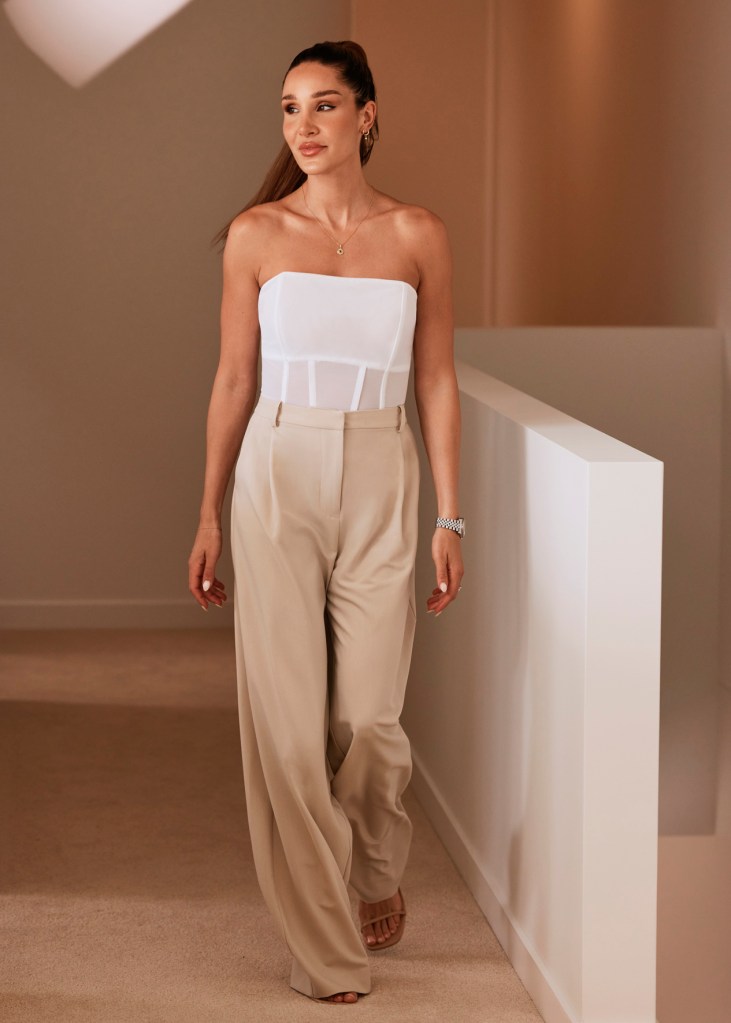
Koch is equally keen on the acquisition. “Adam’s wife was one of my first clients,” Itsines says. “I was 19 or maybe 21, and when I left his house, I told Tobi, ‘I would love it if you worked for Adam one day’. And then Adam came to work for us.”
Back in Itsines’ hands, Koch says the company has begun redeploying capital into infrastructure upgrades and re-platforming Sweat’s code base, hopefully leading to improved operating model
efficiencies and enhancing the ability to scale the business.
He reminds us: “The loss posted in the previous financial year is an accounting loss only and was materially influenced by factors directly associated with the sale of Sweat in 2021. These items are exceptional in nature and non-recurring.”
With an upgraded platform on the horizon, the company is eyeing one thing: growth. The intent is to provide its fitness content to women around the world. The operating words being around the world.
The app has been downloaded in 150 countries, but Itsines and Koch are deep in planning go-to-market strategies in countries that represent big opportunities, like the US and the Middle East.
“We’re showing up in countries, running boot camps and learning about what people do in there,” Itsines says. “Every country is different – there are big cardio-based countries, or in the US, they’re into heavy weights. In Europe, they love cycling. We’re finding out, ‘What do women want here?’”
The global fitness app market was valued at US$1.54 billion in 2023 and is projected to grow at a compound annual growth rate of 17.7% from 2024 to 2030 to US$4.8 billion.
Since Sweat’s 2015 launch, the online fitness space has become increasingly crowded. Take Stephanie Miller and Laura Henshaw’s Australian-born Kic app, which officially launched in 2018. With 14 trainers on board, five health experts, 250,000 members, and 321,000 Instagram followers, Kic is a fast-growing competitor.
There are also the giants to contend with, like MyFitnessPal, Nike Training Club, Adidas Training, Strava and Apple Fitness+. The landscape has undeniably changed, but Itsines and Koch seem a bit blasé about it.
“We don’t focus our attention on what competitors are doing,” Koch says.
“We listen to our members, and our focus is directed toward improving our offering based on the feedback we receive. The Sweat brand is authentic and relatable; we know this approach is not only valued by our community but has become a point of difference for females committed to a sustainable, proven product that improves their health and wellbeing.”
So, what’s the five-year plan?
“What’s going to happen in five years? Who knows?” Itsines brushes the question off. “The Internet could shut down. Look what happened with COVID.”
“But one thing’s for sure: I’m ready now.”
Look back on the week that was with hand-picked articles from Australia and around the world. Sign up to the Forbes Australia newsletter here or become a member here.
